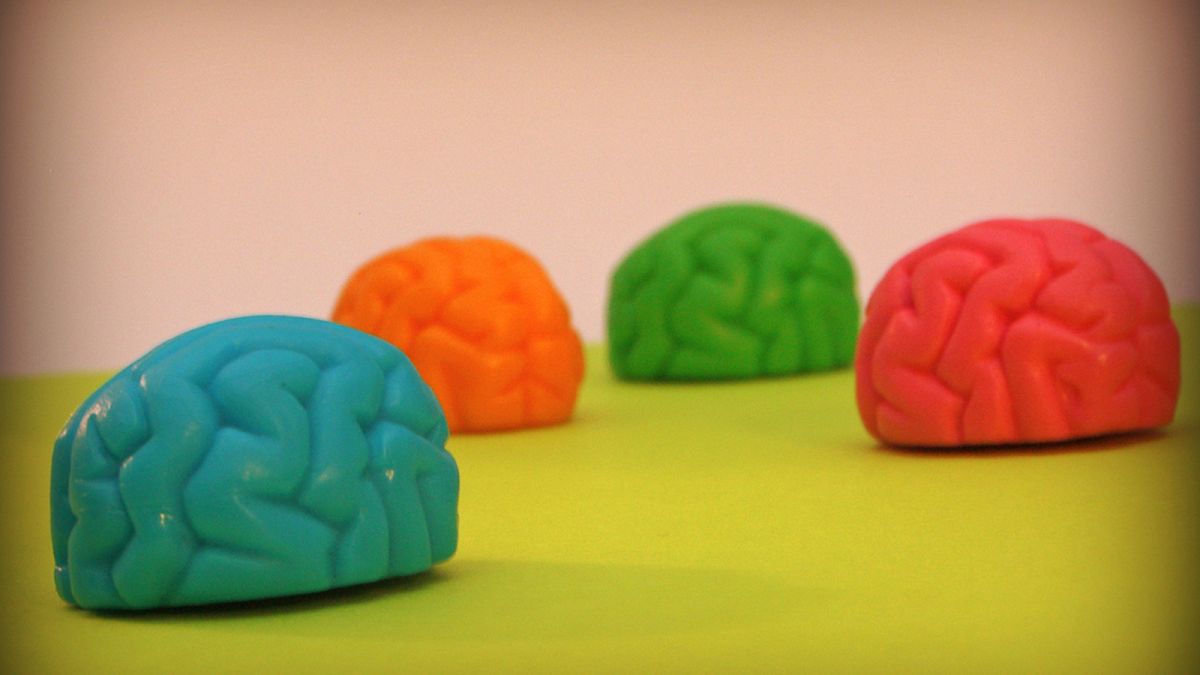The European Council for Nuclear Research (CERN) do a lot more than rub particles together...they're doing the same thing with ideas!
CERN is home to the world’s most powerful machine the Large Hadron Collider (LHC) which recreates a microcosm of the primordial fire from the genesis of the universe by firing particles around a 27 km subterranean tunnel.
As if all that wasn’t keeping them busy enough, the group are experimenting with the LunchCollider a social project designed to encourage researchers to meet new friends and collaborate over their lunch break.
In what might be considered the scientific equivalent of a blind-date, participants register in the morning and an algorithm selects a randomer for them to eat lunch with.
“We would be extremely happy if new CERN projects or new physics theories came to life thanks to LunchCollider,” says Mietek Dabrowski, one of the founders of LunchCollider.
“Recently I had lunch with a person I’ve never met before. I had no idea who this person was, no idea where they came from, and no idea what they did at CERN,“explained one LunchCollider novice who seems to have got on with her date like carbon and hydrogen atoms at a party. “But one hour and fifteen minutes passed very quickly. The list of topics we wanted to talk about, from our home countries to how we ended up at CERN, was long! Now we have to go back to work. That was an amazing experience; I’ll do it again. Hopefully at 12 p.m. on Wednesday next week.”
LunchCollider was launched in October last year and has already got 150 subscribes and counting. It is the brainchild of Mietek Dabrowski, Piotr Nikiel, Roberto Campesato and Esther Zanon.
“We were bound together by a common vision,” explains Piotr. “What if, in such a diverse and heterogeneous place like CERN, everyone could seamlessly exchange knowledge, ideas and interests with everybody else?”
“We understand that meeting strangers might be a bit frightening, but we want to fight that fear. Some people have admitted that they are slightly nervous before the meeting – they worry that the conversation won’t flow smoothly. This never turns out to be the case and, in the end, everybody enjoys it,” says Roberto.
The hope for the LunchCollider is that it will help forge friendships, build professional networks and maybe even give rise to the next great meeting of scientific minds. Keep your eyes on CERN, they might soon have the next Pierre and Marie Curie on their hands.
(Main photo credit: Flickr, Krissy Venosdale)
